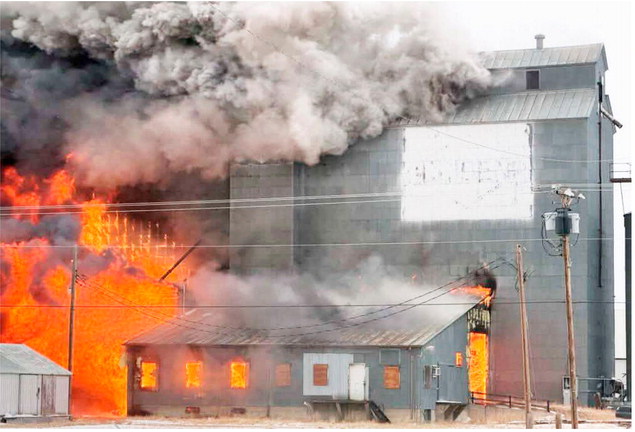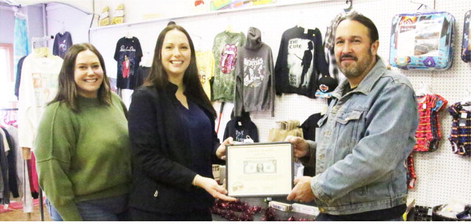Tourism Rebounds In 2021 To Near Pre-Pandemic Levels
Montana’s tourism industry continued to bounce back in 2021, according to a new report from researchers at the University of Montana, with non-resident spending surpassing pre-pandemic levels and visitation numbers nearly reaching their former heights.
Around 12.5 million tourists spent $5.15 billion in the state last year, contributing roughly $387 million in state and local taxes, according to the UM Institute for Tourism and Recreation Research report. The largest chunk of spending, as is typically the case, went toward fuel at 23 percent of the total, followed by restaurants and bars, lodging, and outfitting and guiding services.
The 2021 research shows Montana’s tourism industry weathered the early stages of the pandemic more successfully than most other states and is recovering faster even as waves of the virus continue to come, said Kara Grau, assistant director of economic analysis at ITRR and the study’s author. Part of that is the state’s reputation for outdoor recreation and big skies (not to mention a lighter touch toward controlling the virus).
“Montana’s decrease in travel spending was not as steep compared to other states,” Grau said. “Part of that is the type of travel and amenities we offer. We don’t have those big urban centers that attract lots of travelers. We weren’t shut down to the extent that a lot of other travel destinations were in the U.S.”
The $5.15 billion that travelers spent in the state last year surpasses non-resident spending from 2019 by more than a billion dollars. And the 12.5 million people who visited nearly equal the 12.6 million who visited in 2019.
“We had a lot of travelers who had perhaps always had Montana on their list and maybe had to cancel trips abroad or to other more populated areas,” Grau said.
Additionally, those travelers directly supported around 47,800 jobs, the study estimates, a figure associated with $1.3 billion in direct labor income.
Despite the significance of the tourism sector to the state’s overall economic health, Grau noted that amid a housing affordability crisis, the lingering pandemic and the perception that once-peaceful outdoor recreation spots have become more crowded, there’s also a renewed sense of skepticism toward outsiders. In March, a separate ITRR report on attitudes toward tourism found that while overall a majority of Montanans feel that the benefits of tourism outweigh the drawbacks, more people in the state have a negative view of the industry and its effects than in 2020. In fact, the report found, “the overall agreement level of 71% represents … the lowest agreement level recorded since 2007 .”
Some skepticism is typical, but the pandemic and other challenges awoke a greater sensitivity, Grau said.
“There are always challenges with finding the best ways to do a good job promoting travel and tourism while keeping in mind what’s best for the health and wellness of all Montanans and everything people are coming to see,” she said. “Now there’s a renewed awareness of the challenge of promoting it in a really responsible way.”

